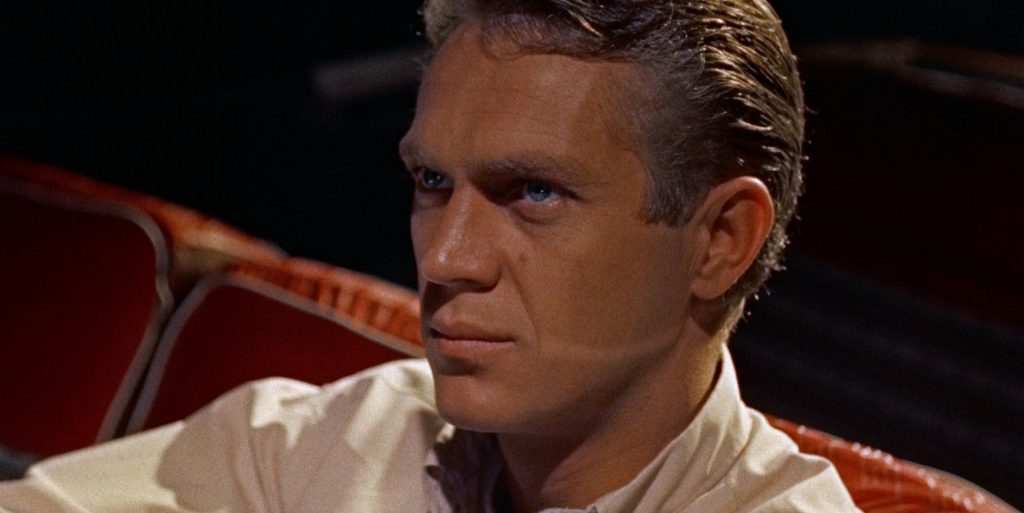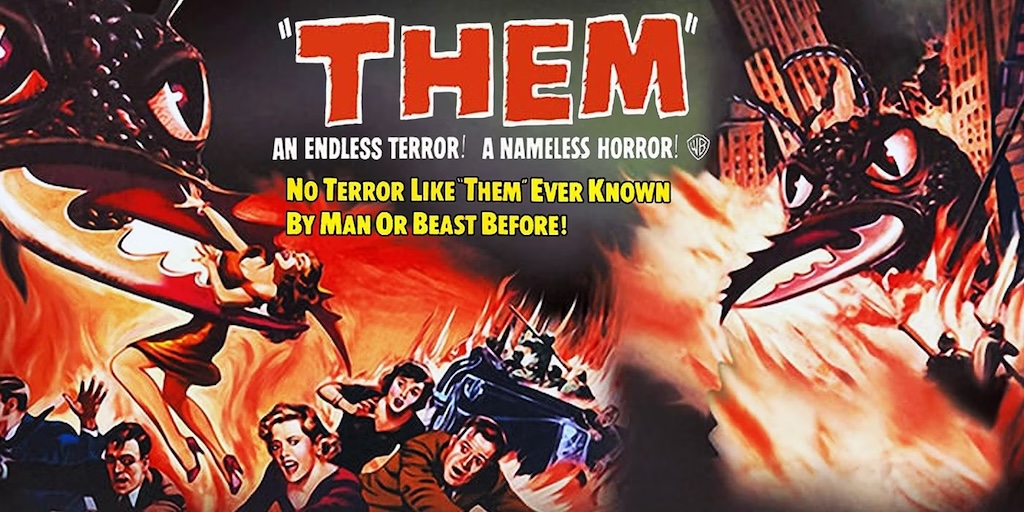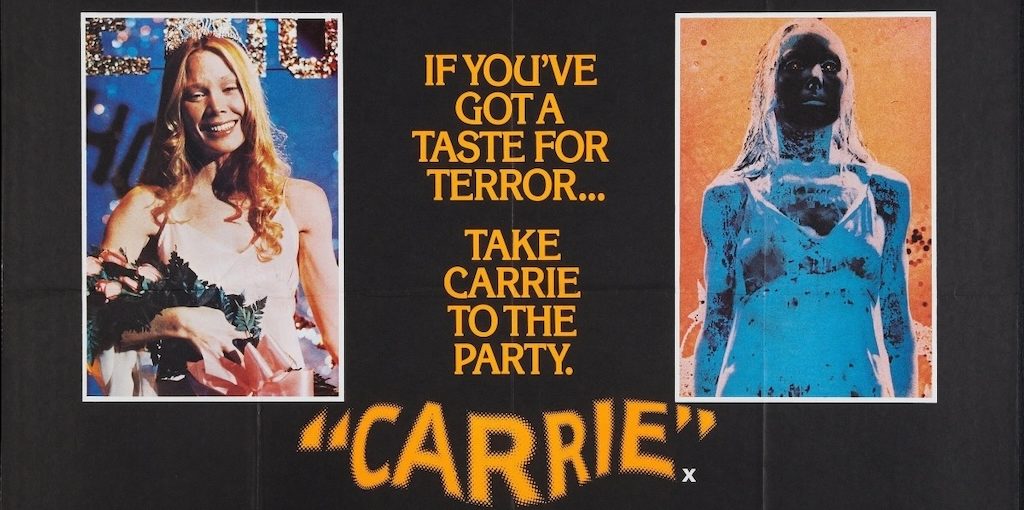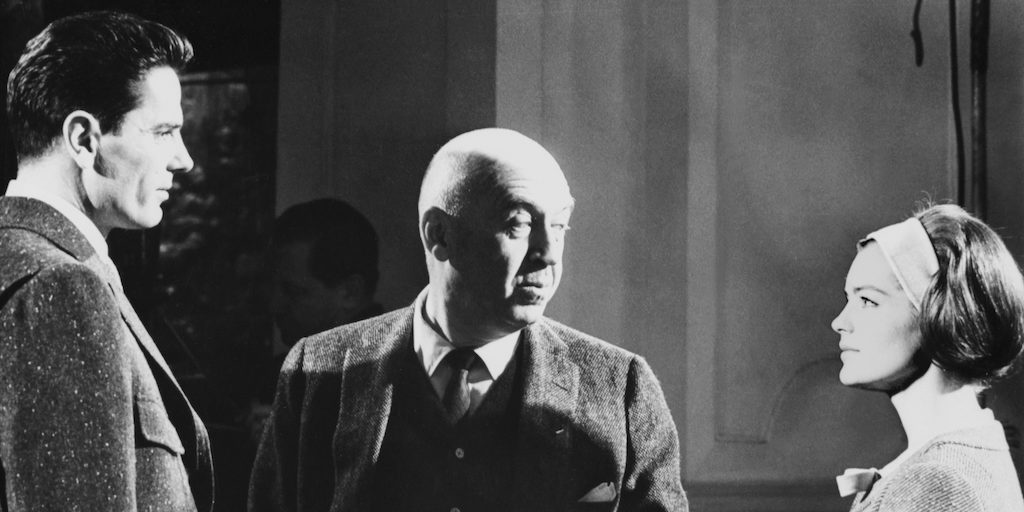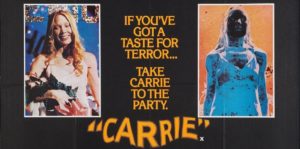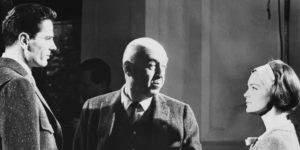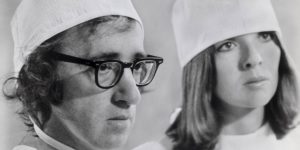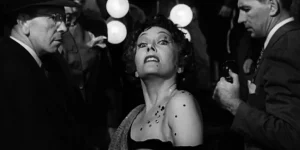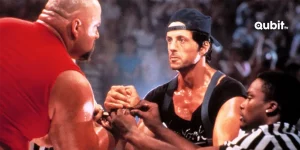It gives me a certain happiness to know precisely what was the first horror movie I saw in my life. Although I abandoned the exhaustive consumption of the genre some years ago, I had a great time having a very bad time in the cinema, suffering fear and anguish, the ominous feeling of the imminent or the explosion of unwanted surprise. At some point in my childhood I went to see a movie with an extraordinary title, The Blob, directed by Irvin Yeaworth. It scared me and left me an indelible memory. It was from 1958 (I must have seen it a decade later) and it suffered a remake in 1988 of which I have no mental record, although I suppose I must have seen it. Due to its charming and infinite precariousness, The Blob is a film that should not have been replicated.
Seen more than half a century later, it maintains a certain naive charm, but the threat effect disappears completely. One would like to talk about special effects, but the truth is that the red jelly that arrives from a meteorite to Earth is simply that, a red jelly. The first to suffer its effects is an old peasant who lives in isolation. Then, the doctor who takes care of him and his nurse, all engulfed by this amorphous matter and always growing. The threat to the people – and later to the rest of the world – is inevitable and it will be a matter of despair and chance that makes humanity know that the antidote to this gelatinous invasion will be the application of electricity.
The surprise of the review, just over half a century later, is to verify that, in reality, The Blob is the crossroads of two genres: the teen movie of the time with that of the threat that comes from space. In that sense, few films can be as representative of a moment as this one.
As in Rebel Without a Cause (1955) or West Side Story (1961), The Blob shows a youth whose elders do not listen to them. The protagonist is Steve McQueen, in his starring debut and before having acting abilities. His character must interrupt the physical realization (the girl is reluctant) due to the arrival of the gelatin-laden meteorite. In his attempts to alert people, he is met by the disbelief of the police. A bunch of guys harass him and challenge him to a car race that Steve McQueen will solve in a way that anticipates Marty McFly in Back to the Future. Part III: reversing and slamming on the brakes to knock the contenders offside.
The paranoia generated by having seen something that is a terrible threat replicates the best of all the films that played with that feeling, Invasion of the Body Snatchers (Don Siegel, 1956), where the character played by Kevin McCarthy ended up insane in a highway, trying to alert a multitude of indifferent drivers, locked in their cars, that aliens were invading the planet. If something similar to intelligence can be glimpsed in this fragile and friendly film, it is applying that scheme of incomprehension and isolation to youth. The unheard youngsters in The Blob are neat and polite, dressed appropriately and only slightly exalted. In a few more years they will dress in colors, their hair will grow without being cut and their transgressions will go a little further than kissing in a car somewhere far away.
Finally, the charm of The Blob has to do with a production scheme that no longer exists: the independent film, with a low budget, but which was not made to fulfill an artistic ambition of its creators but to earn money, especially to be screened in drive-ins. Its budget was $ 130,000 (a low number even at that time) but it finished under budget, at a cost of just $ 100,000. Filmed in studio, with three or four precarious sets, a simple and uncomplicated aesthetic scheme and a basic acting level, it was fortunate that Steve McQueen became an iconic actor in the 60s and 70s. His weak performance is disguised in retrospect by its success. The only dissonant name for quality and fame is that of musician Burt Bacharach, author of the catchy and anticlimactic song “The Blob“. It is very revealing of the magic of Hollywood that such a small and artistically ambitious film had the ability to reflect an era.

